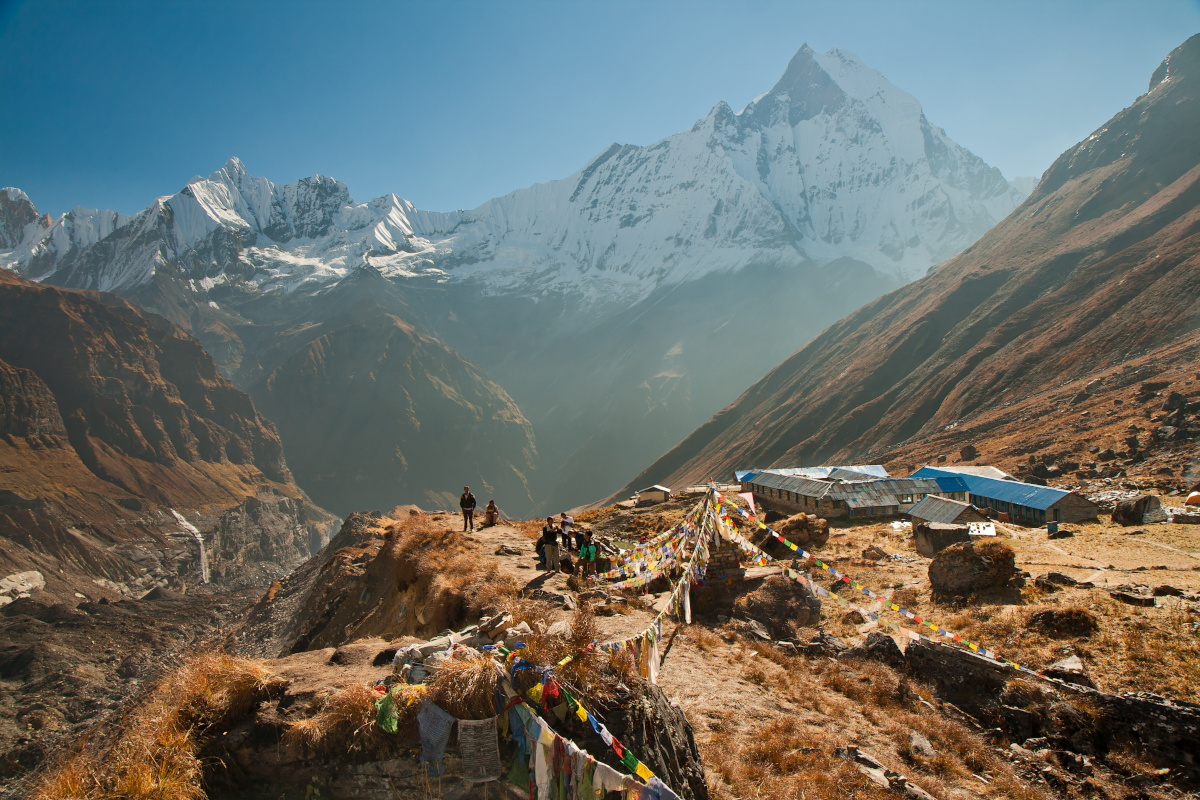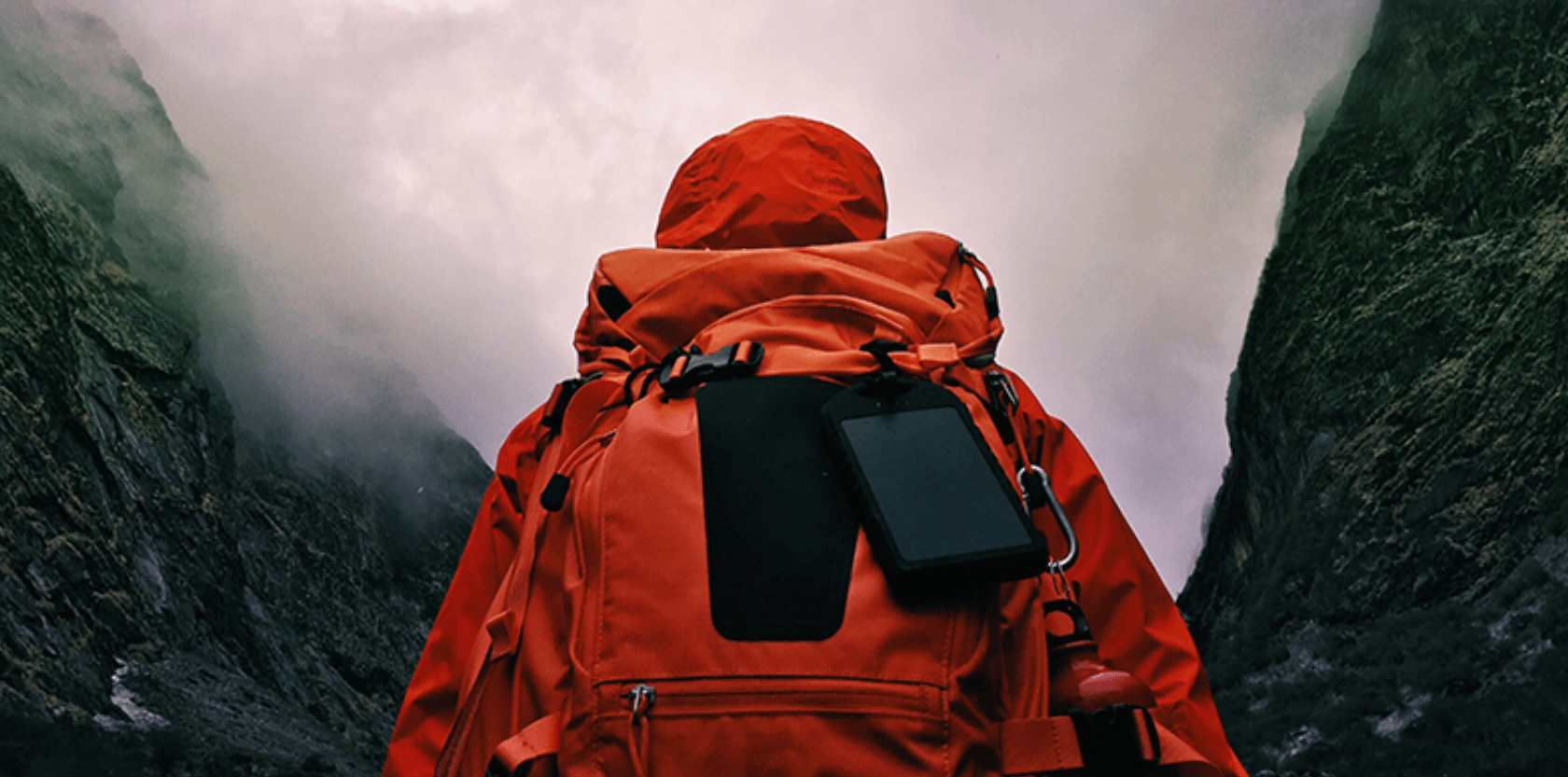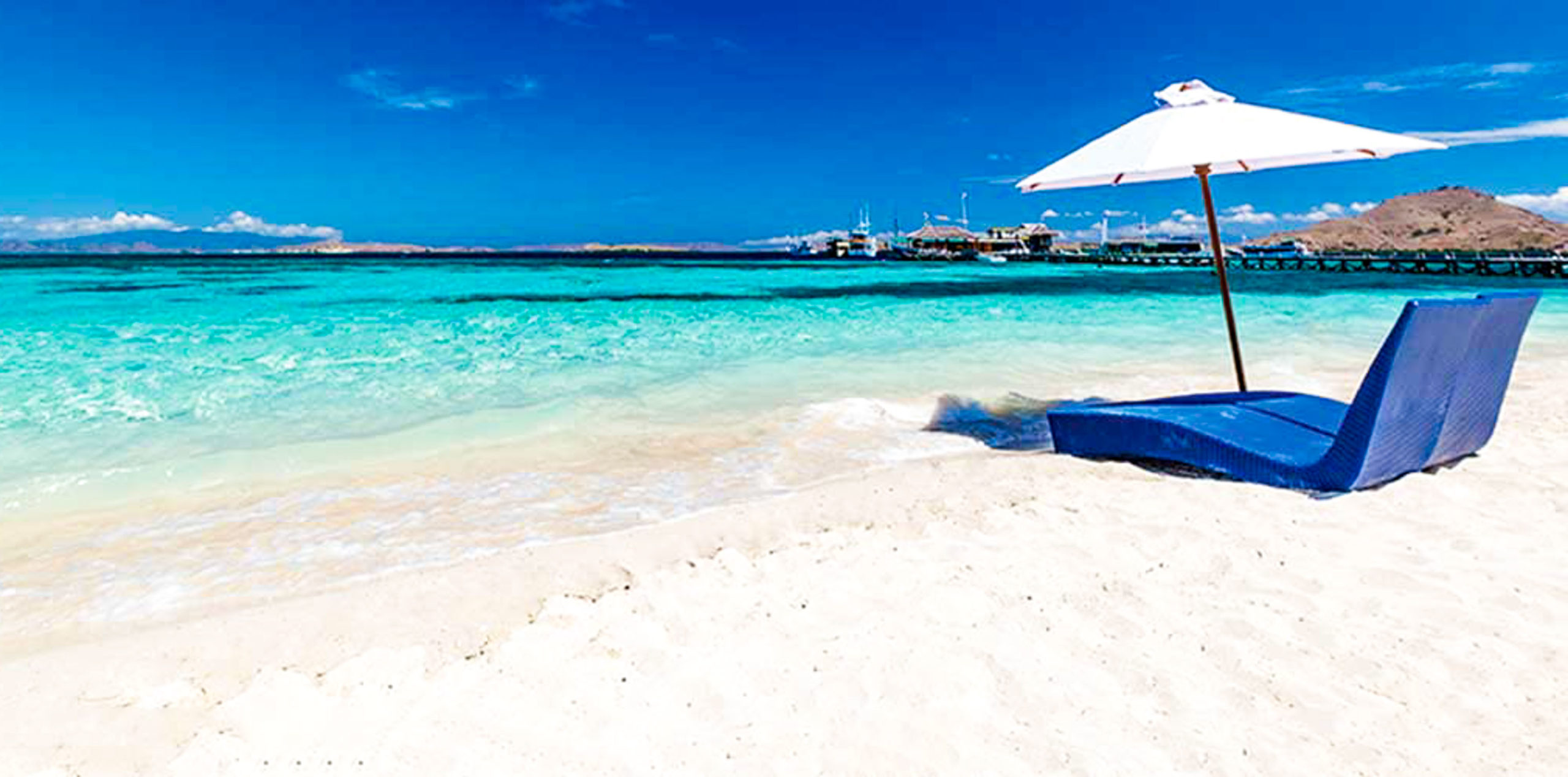
Trekking Insurance for Annapurna Base Camp
Why You Need Trekking Insurance in the Annapurna Region
Trekking in central Nepal to Annapurna Base Camp (ABC) is like stepping into a living postcard of towering peaks, whispering prayer flags, and the rhythm of hiking boots on ancient trails. The route weaves through terraced villages, lush rhododendron forests, and dramatic glacial valleys, delivering jaw-dropping views of Annapurna I, Machapuchare, and Hiunchuli at nearly every turn. It’s challenging enough to feel like an achievement, yet accessible for most fit trekkers. You’ll share warm meals and stories with fellow adventurers in teahouses, and feel an unmistakable sense of awe under Himalayan stars.
But while it’s one of the most scenic and accessible Himalayan adventures, it’s far from risk-free. At 4,130 meters, even this so-called "moderate" trek introduces significant challenges: high-altitude exposure, remote areas, accidents, natural disasters and fast-changing, sometimes extreme weather conditions.
Helicopter evacuation is often the only option when a medical emergency strikes, whether due to altitude sickness, injury, or illness. And while the region is popular, it remains isolated, with limited access to healthcare facilities.
Travel insurance designed specifically for high-altitude trekking in Nepal is more than a formality: it’s your lifeline.
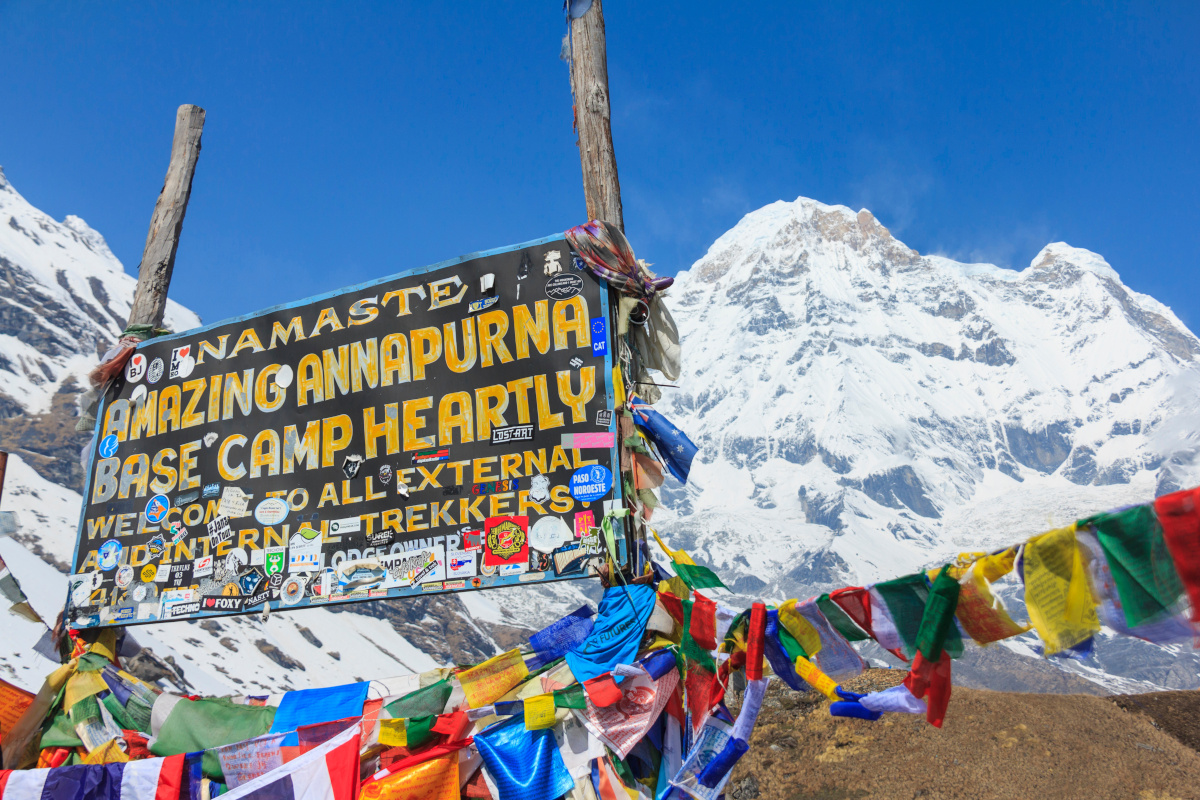
Common Risks for Annapurna Base Camp Trekkers
The most common risk is altitude sickness, as ABC sits at over 4,100 meters, and ascending too quickly can lead to Acute Mountain Sickness (AMS), which ranges from headaches and nausea to life-threatening conditions. Weather is another wild card: sudden storms, landslides, or snowfall can close routes or create dangerous conditions, especially during monsoon and winter seasons.
Backcountry injuries and accidents like twisted ankles or slips on wet, rocky paths are surprisingly frequent, so proper footwear and trekking poles are a must. Hygiene issues can also cause stomach bugs, especially with unfamiliar food or untreated water. Lastly, getting lost is rare but possible, especially in fog or off-season treks with fewer fellow hikers. Having a guide, staying updated on conditions, and being physically and mentally prepared can make all the difference between risk and reward.
Altitude Sickness and Acclimatization
- Altitude symptoms — headaches, nausea, dizziness — often begin around Machapuchare Base Camp (~3,700m)
- The highest-risk zone is between Deurali and Annapurna Sanctuary, where gains are steep and oxygen thins
- Even well-conditioned trekkers can develop Acute Mountain Sickness (AMS) suddenly
Redpoint’s Ripcord evacuation coverage includes emergency assistance, including field coordination and medical evacuation from remote areas, which is critical when symptoms escalate fast.
Injuries and Medical Access
Injuries are one of the most common and potentially serious accidents for trekkers in the Annapurna region. The path is often steep, rocky, and uneven, with sections that require careful foot placement, especially in wet or icy conditions. Twisted ankles, sprains, knee strain, and falls are frequent issues, and a serious injury can leave a trekker immobilized in a remote area.
Medical facilities along the paths are limited; while some villages have small clinics or pharmacies, they’re not equipped for emergencies or advanced care. Evacuation, often by helicopter, can be necessary, but it’s expensive and dependent on weather conditions. Trekkers without proper insurance coverage could be in serious trouble financially as well as physically.
For these reasons and more, it’s critical to wear quality footwear, use trekking poles, and pace yourself wisely. A guide or porter can be a literal lifesaver, helping navigate rough terrain and respond quickly if something goes wrong.
- The route is steep, narrow, and rocky in places — especially above Bamboo and near Himalaya Lodge
- Common issues: twisted ankles, slips on wet rock, or exhaustion-induced falls
- If you have a medical emergency, services are rare, and even basic care may be a full day’s walk away
Emergency Evacuation coverage ensures you won’t be left waiting in a village for transport.
Gear Loss and Theft
While the Annapurna base camp trek is generally safe and welcoming, gear loss and theft can still be issues, especially in busy tea houses or shared sleeping quarters. Misplacing essential items like a down jacket, headlamp, or water purifier can seriously impact your comfort and safety. It’s wise to label your gear and high-value items, keep valuables (like passports and cash) on your person, and avoid leaving expensive items unattended. Using small combination locks on bags and maintaining a daily gear check can go a long way in avoiding unpleasant surprises.
Theft is rare but not unheard of, particularly in high-traffic areas like Pokhara, trailheads tea houses, or while in transit (e.g., Kathmandu–Pokhara bus rides)
Airline mishandling between Kathmandu and Pokhara can delay or loss of critical items
Look for Gear Replacement policies that reimburse for lost or delayed bags.
Trip Interruptions and Weather
Trip interruptions on the Annapurna Base Camp trek are often tied to unpredictable mountain weather. Sudden snowstorms, heavy rain, or landslides can block trails, delay flights, or even force evacuation. During monsoon (June–September), the paths get muddy and leech-ridden, while winter brings the risk of avalanche and impassable snow. These conditions can shut down parts of the route with little warning.
Political strikes, health emergencies, or transportation breakdowns can also derail plans. Flexibility is key. Build buffer days into your itinerary and avoid tight travel connections post-trek. Always check weather forecasts, and listen to guides and local advice as they’re your best early warning system.
- Flight delays to Pokhara are common, especially during monsoon season (June–Sept).
- Landslides, flooding, or snow closures can cut off entire trail sections.
- Political strikes (bandhs) occasionally halt transport.
Policies with Trip Delay and Cancellation Coverage help recoup lodging and trekking permit losses.
What to Look for in an Annapurna Trekking Insurance Policy
Medical Emergency & Evacuation
- Helicopter evacuation is not included in many standard travel plans
- Nepal requires upfront payment for helicopter rescues and costs can exceed $5,000
Gear and Personal Item Protection
- Choose a plan that covers baggage loss, stolen items in lodges, and essential replacements
Harbor offers strong personal item coverage, ideal if you’re carrying expensive gear or electronics.
Trip Delay and Cancellation
- Your Annapurna base camp trek may be rescheduled or rerouted due to bad weather, local festivals, or trekking permit issues
- TIMS permit card (Trekkers’ Information Management System) and ACAP permits (Annapurna Conservation Area Project) are non-refundable
Look for coverage that offsets these non-recoverable costs.
Coverage for Guided or Solo Treks
- Some providers’ insurance coverage excludes solo or unguided travel
- As an insurance company, Redpoint plans support both guided groups and independent adventurers (which is crucial for trekkers planning their own logistics)
Which Redpoint Plan is Right for You?
|
|
|
|
|
|---|---|---|---|
| Plan Description | Best evacuation and rescue with the premier travel insurance designed for adventurers | Best evacuation with the premier travel insurance coverages designed for passionate travelers | Standard industry travel insurance for “budget conscious” travelers |
| For These Trips | Travel to remote locations or developing countries without immediate access to quality emergency medical services (ambulance | Travel to developed locations with immediate access to quality emergency medical services (ambulances) | Best for domestic or budget travel. Medical evacuation to local suitable hospital as determined by the attending physician |
| Best For These Activities | Adventure seekers, climbers, skiers, sports enthusiasts, hunters, expeditions, safaris, remote travel, international travelers, humanitarian efforts, and more | Major international tourist attractions, bicycle touring, day hiking, cultural experiences, urban travel, leisure travel, luxury trips, and more | Domestic travel and leisure activities |
| For These Travelers | Travelers who want evacuation and rescue from the point of emergency home combined with premier trip cancellation/interruption, primary medical expense coverage, and more* | Travelers who want evacuation home if they’re hospitalized combined with premier trip cancellation/interruption, primary medical expense coverage, and more* | Budget-conscious. Content with medical evacuation to the nearest appropriate facility only if medically necessary |
| Includes Rescue From Point Of Injury Or Illness | |||
| Includes Optional Security Extraction For Unexpected Natural Disasters, Terrorism, Civil War, And Other Dangerous, Chaotic Events | |||
| Includes 24/7/365 Access To Paramedics, Nurses, And Military Veterans | |||
| View Ripcord | View Cavalry | View Harbor |
Essential Annapurna Trekking Tips
What to Pack for ABC:
Clothing
- Base layers (2–3 moisture-wicking shirts, 1–2 thermal tops/bottoms)
- Fleece or down jacket (for cold mornings/evenings)
- Lightweight insulated jacket (down or synthetic)
- Waterproof shell jacket (Gore-Tex or similar)
- Trekking pants (2 pairs)
- Thermal leggings (1–2 pairs)
- Waterproof pants (optional but useful in bad weather)
- T-shirts (quick-dry) – 2–3
- Underwear and sports bras – 3–5
- Warm hat/beanie
- Buff or neck gaiter
- Gloves (1 pair light, 1 pair insulated/waterproof)
- Sun hat or cap
Footwear
- Sturdy hiking boots (broken-in, waterproof)
- Camp shoes/slippers (for teahouse wear)
- Hiking socks – 3–5 pairs (wool or synthetic)
- Liner socks (optional, for blister prevention)
- Gaiters (optional, for snow/mud)
Gear
- Backpack (30–40L) with rain cover
- Daypack (if using porter)
- Sleeping bag (rated to -10°C / 14°F)
- Trekking poles (highly recommended)
- Water bottles (1L x 2) or hydration bladder
- Water purification system (Steripen, tablets, or filter)
- Headlamp + extra batteries
- Sunglasses (UV-protective)
- Quick-dry towel
- Stuff sacks or dry bags (for organization/waterproofing)
Toiletries & First Aid
- Toothbrush/toothpaste
- Biodegradable soap/shampoo
- Wet wipes and toilet paper
- Sunscreen (SPF 30+) and lip balm (SPF)
- Hand sanitizer
- Small travel towel
- Personal first aid kit (blister care, painkillers, altitude meds, etc.)
- Any personal medications
- Diamox (consult your doctor about such medications for altitude sickness)
Other Essentials
- Passport + permits (TIMS & ACAP)
- Travel insurance (with helicopter rescue coverage)
- Snacks (energy bars, trail mix, etc.)
- Power bank & charging cable
- Cash (for teahouses, tips, etc.)
- Notebook/journal & pen (optional but lovely)
Trail Etiquette and Safety
Good trail etiquette on the Annapurna base camp trek helps keep everyone safe and the vibe respectful. A little kindness and awareness go a long way up here.
- Always yield to uphill trekkers because they’re working harder
- Step aside for mule trains, yaks or porters, giving them the mountainside to pass
- Keep noise low; nature isn’t a concert venue
- Avoid littering and pack out everything, including tissues
- Stay on designated, marked trails to protect local ecosystems and avoid getting lost (especially in fog or snow)
- Don’t wander off solo, especially in poor visibility
- At teahouses, be courteous to staff and fellow trekkers, and don’t hog the charging outlet like it’s your birthright
- Greet fellow trekkers and locals with respect and a simple “Namaste”
Route and Permit Planning
Planning your route and permits for the base camp trek is key to a smooth experience. Most trekkers start from Nayapul, Ghandruk, or Jhinu Danda, depending on time and fitness, with the classic route taking 7–12 days roundtrip. The trail passes through charming villages like Chhomrong and Bamboo, with breathtaking scenery unfolding as you ascend through forests, valleys, and into alpine terrain.
Both can be obtained in Pokhara or Kathmandu but bring passport photos and your actual passport. Fees go toward trail maintenance and conservation, so it’s money well spent.
If you’re trekking independently, do your homework on trail conditions and weather. Many opt for a local guide or porter, not just for support, but for cultural insights and real-time problem-solving. Either way, don’t skip the paperwork as it’s checked at multiple points.
- Permits are mandatory and you’ll need the ACAP (Annapurna Conservation Area Permit) and TIMS (Trekkers Information Management System)
- Most popular starting points: Nayapul, Ghandruk, Jhinu Danda
- Some sections above Sinuwa are narrow and avalanche-prone
Explore Nepal Trekking Coverage tailored for these unique logistical hurdles.
FAQs About Annapurna Travel Insurance
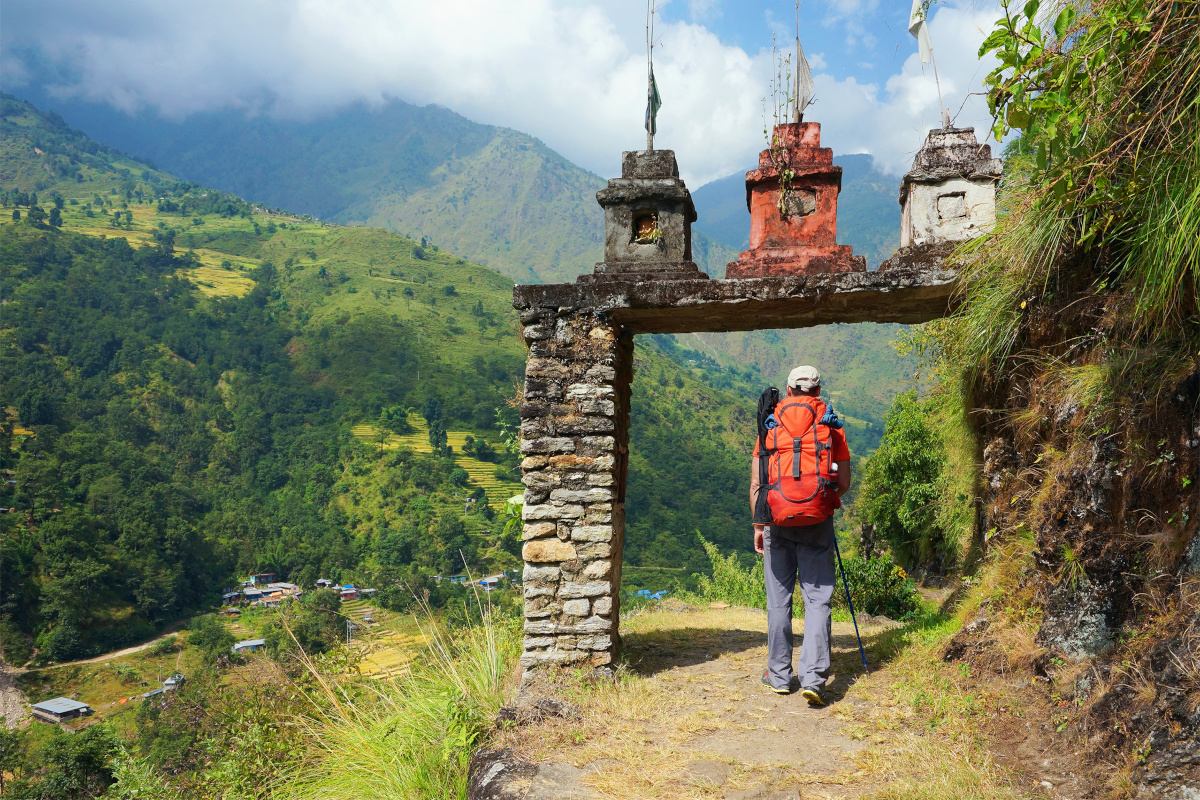
Is travel insurance required for the Annapurna Base Camp Trek?
Does insurance cover helicopter evacuation in Nepal?
What if I get altitude sickness on the Annapurna trek?
Can I claim for baggage loss, lost gear or delays due to weather?
What’s the best insurance plan for high-altitude trekking in Nepal?
- Ripcord for remote rescue and altitude illness
- Cavalry for guided treks and moderate support
- Harbor for general coverage with strong gear protection
Get Protected for Your Annapurna Trek
Altitude, remoteness, and unpredictable weather make the Annapurna Base Camp trek thrilling but also demanding. Even seasoned trekkers can face sudden challenges that require fast response.
While training is up to you, Redpoint can help keep you protected on your high-altitude trek with comprehensive travel insurance. Our international travel insurance plans — Ripcord, Cavalry, and Harbor — include medical care and emergency evacuation coverage in case anything goes wrong on your trek. Get a quote for your next trip today, and don’t leave sea level without it.
